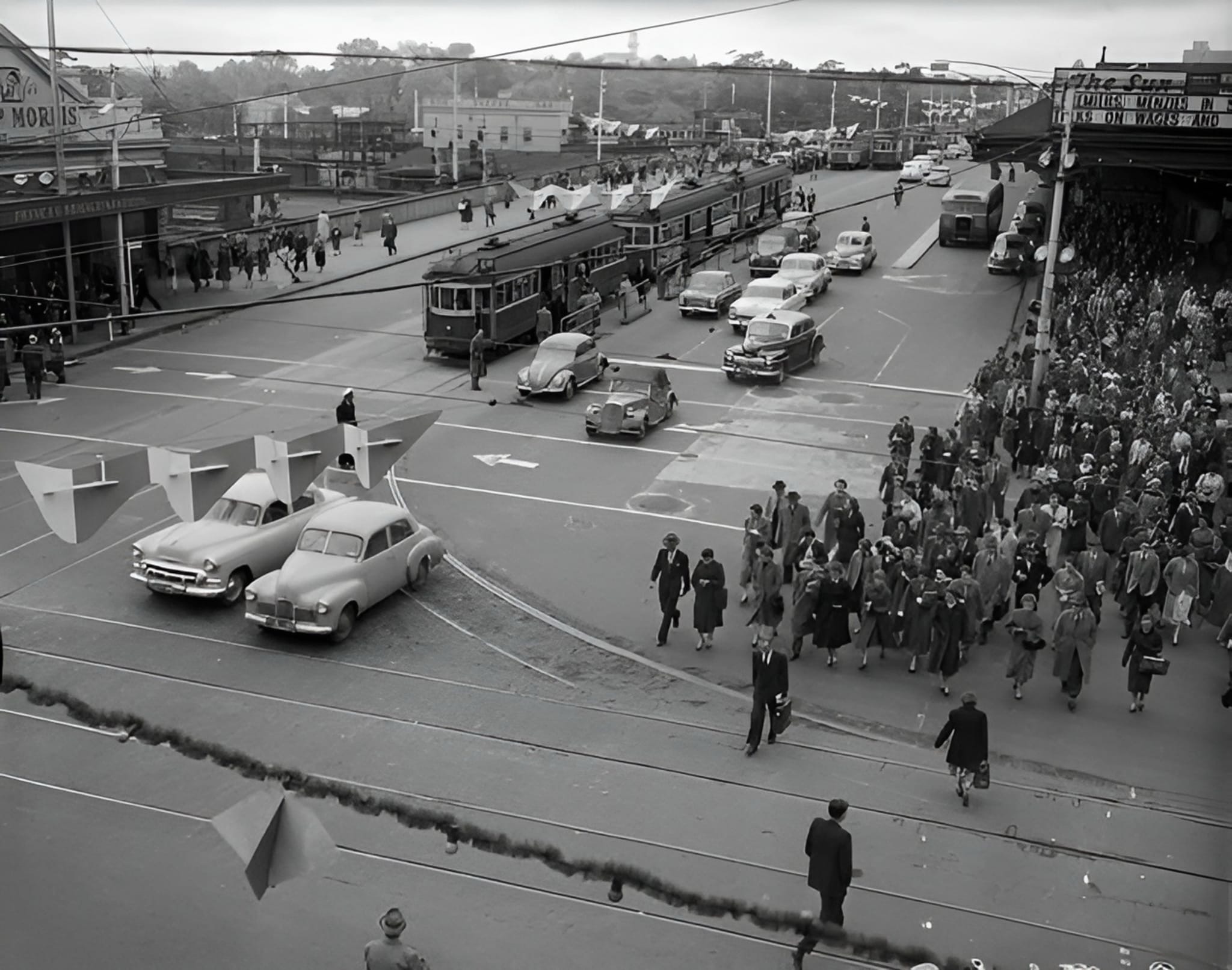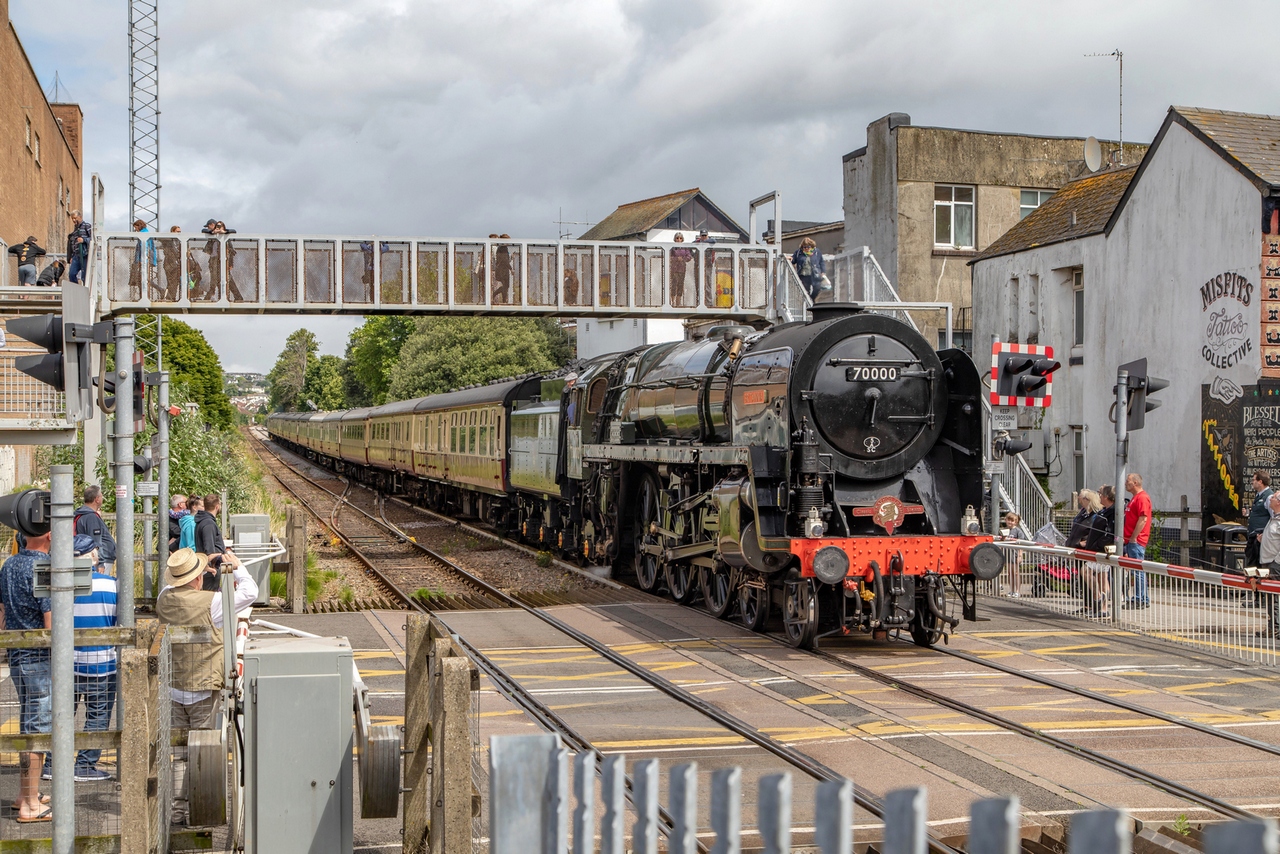Tips and Techniques for Night Time Railway Photography
Night time railway photography can be challenging, with low light and fast-moving trains. However, with the right techniques, you can capture stunning images that showcase the beauty of railway transportation. Here are some tips and techniques to help you take great night time railway photographs.
Why Night Time Railway Photography is Unique
In contrast to photographing railways during the day, night time railway photography poses distinct challenges that demand creative solutions from photographers. The absence of natural daylight necessitates the use of alternative techniques like extended exposures, elevated ISO settings, and wider apertures to achieve the desired shot. However, these methods may introduce complexities that make attaining the intended result more demanding and could potentially affect the image’s overall quality.
Furthermore, photographing a moving train at night adds another layer of complexity to the process. Capturing the motion of the train is a vital aspect of railway photography, but it can be difficult to achieve without the proper techniques. The speed of the train and the low light conditions require photographers to be both skilled and innovative to achieve the desired results.
Despite these challenges, night time railway photography also offers exciting and unique opportunities to capture images that cannot be achieved during the day. The use of artificial lighting, slow shutter speeds, and other creative techniques can result in dramatic and captivating images that showcase the beauty and excitement of railway transportation at night.
Equipment You Will Need
To obtain exceptional night time railway photographs, it is essential to have the right equipment. Firstly, you will require a camera capable of performing well in low-light environments. Opt for a digital camera with a manual mode, as it grants you the freedom to fine-tune settings according to your preferences. A sturdy tripod becomes indispensable to maintain camera stability during prolonged exposures. Lastly, employing a remote shutter release or self-timer is crucial for preventing any camera shake that could affect the final image quality.
Preparing for the Shoot
Before heading out to shoot at night, it is essential to scout out locations during the day. Identify railway crossings or overpasses that provide a clear view of the tracks. Check for obstacles such as trees or buildings that could block your shot. Planning your location ahead of time will help you to make the most of your time at the location.
Timing is everything when it comes to night time railway photography. The best time to shoot is at dusk or dawn when there is still some light in the sky, but the ambient light is low enough to capture the lights on the train and the tracks. The blue hour can also provide a beautiful backdrop to your shots.
Weather conditions can exert a substantial influence on the outcome of your photographs. Rain, fog, or snow can infuse your shots with dramatic elements, while clear skies can set an entirely distinct mood. It is advisable to consult the weather forecast in advance and make your photography plans accordingly.
Camera Settings
Exposure is crucial when it comes to night time railway photography. Use a low aperture value (f/2.8 or lower) to let in as much light as possible. Increase the exposure time by using a slow shutter speed (at least 1/30 of a second) to capture the motion blur of the train. Adjust the exposure compensation as needed.
Achieving the right focus can be quite a challenge during night time photography, especially when employing a slow shutter speed. Opt for manual focus to guarantee precision on the train or a specific portion of the scene. If your camera includes focus peaking functionality, take advantage of it to assist in achieving pinpoint focus accuracy.
White Balance
The night time illumination’s colour can fluctuate based on its source. To attain precise and accurate colours, consider manually configuring the white balance settings. If you are shooting in RAW format, remember that you can fine-tune the white balance during the post-processing stage.
ISO Settings
Elevating the ISO setting enhances light capture, yet it can introduce unwanted noise into your images. Achieving the ideal equilibrium requires experimentation with various ISO settings on your camera, ultimately selecting the one that yields the most favourable results.
Shutter Speed
A slow shutter speed can create motion blur in your images, giving the impression of the train’s speed and movement. However, a too-slow shutter speed can result in too much blur, making the image unrecognizable. Experiment with different shutter speeds to find the right balance.
Composition Tips
Finding the right angle is essential for any photograph, and it is no different for night time railway photography. Experiment with different angles and perspectives to create dynamic and interesting images. Try shooting from different heights or using a wide-angle lens to capture the entire scene.
Leading lines can help draw the viewer’s eye towards the train or the subject of your image. Look for lines in the scene, such as the railway tracks or the lights of the train, and use them to create a dynamic composition.
Capturing the motion of the train can create a sense of speed and excitement in your images. Use a slow shutter speed to create motion blur, or try panning the camera to follow the train’s movement.
Railway photography provides an opportunity to capture large objects in motion, such as locomotives and long trains. To create a sense of scale, include a recognizable object in the frame, such as a person or a building, to show the size of the train.
Post-Processing Techniques
Night time photography can often result in noisy images. Use noise reduction software to reduce the noise and improve the overall quality of your images.
Adjusting the white balance during post-processing can help you achieve accurate colour’s, especially if you shoot in RAW format.
Adjusting the colour balance and saturation can help you create a mood in your images. Experiment with different colour tones to find the right one for your image.
Cropping can help you focus on the subject of your image and remove any unwanted elements. Experiment with different cropping ratios to create a more dynamic composition.
The post Tips and Techniques for Night Time Railway Photography appeared first on Railway Photography.

